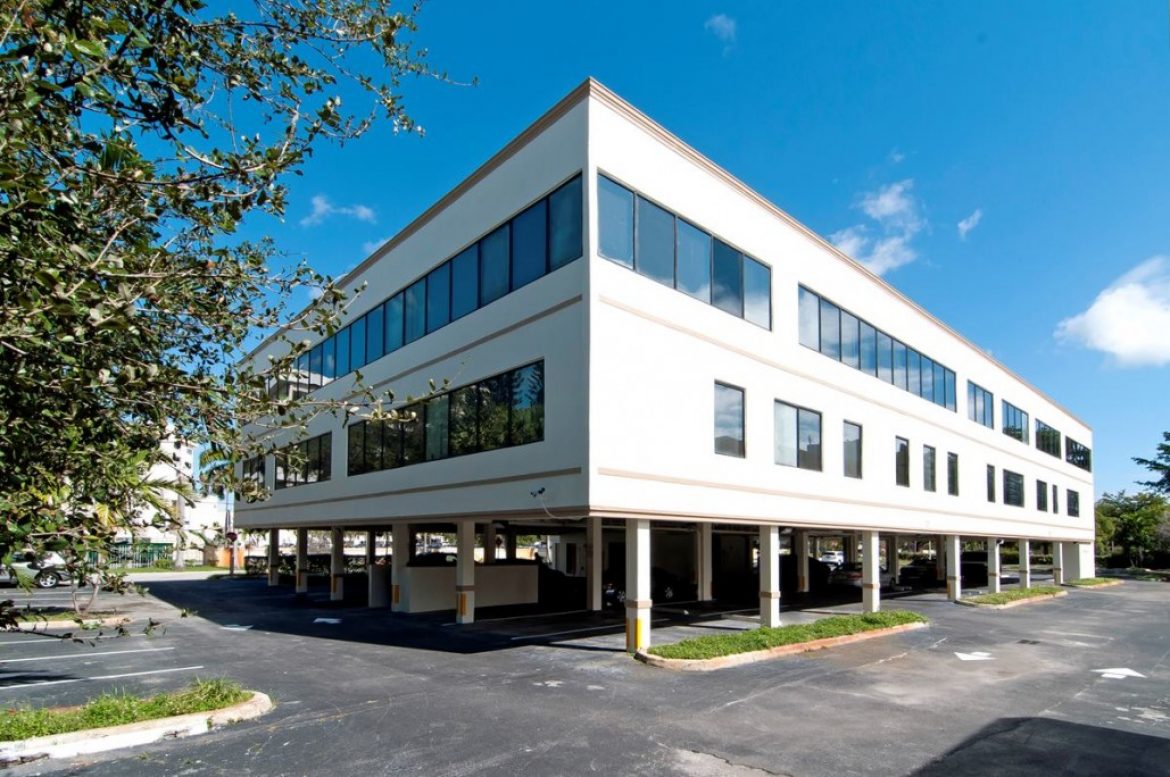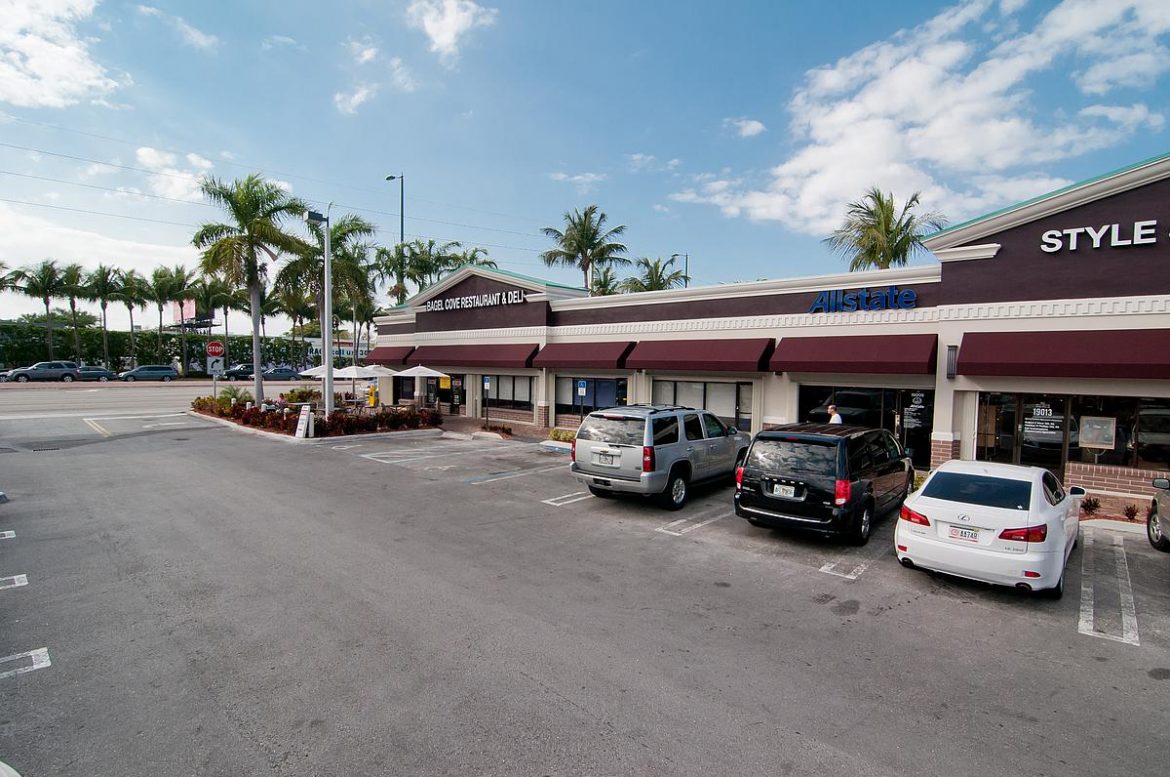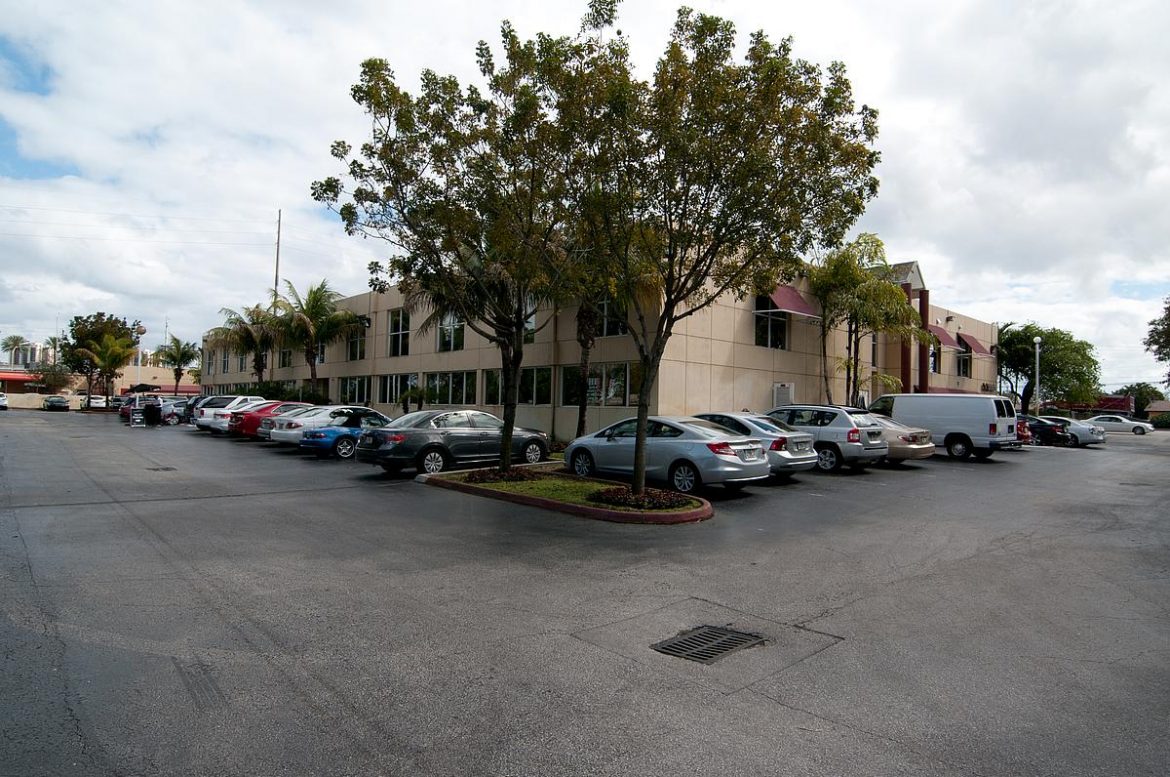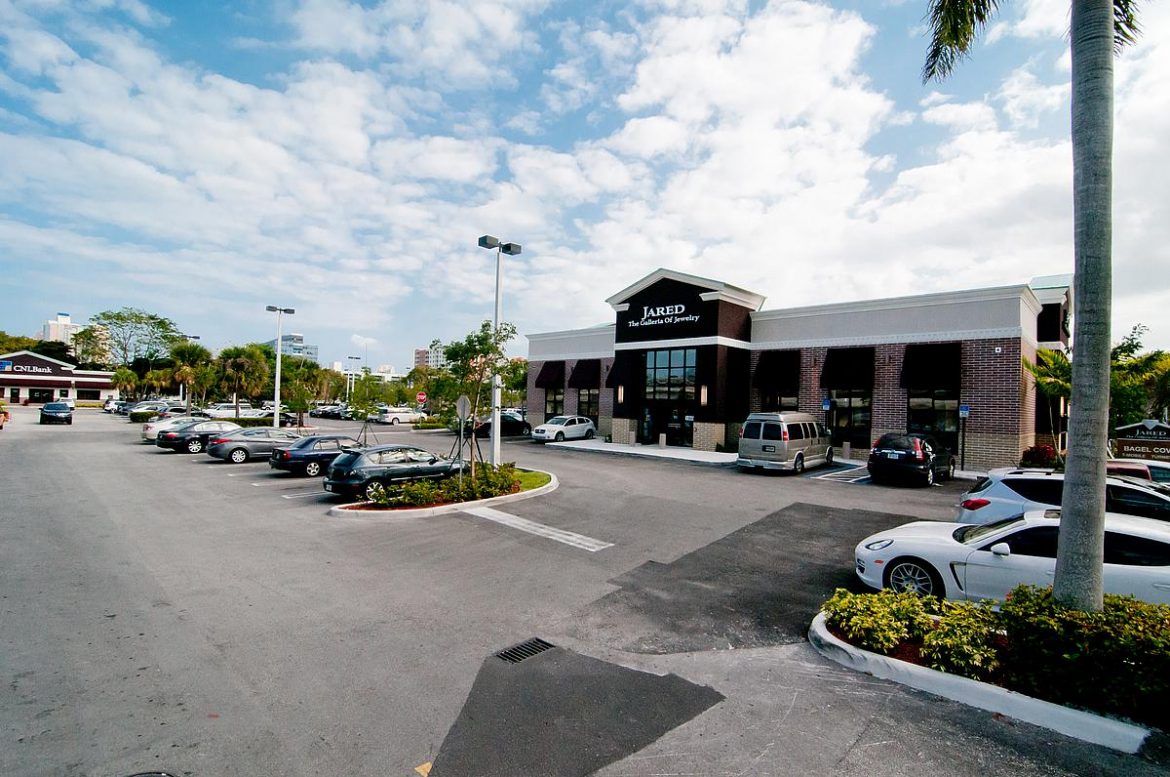
Miami Beach voters on Tuesday nixed three major real estate projects proposed by industry heavyweights Stephen Ross, Barry Sternlicht, and Don Peebles.
Some 53.4 percent of voters rejectedRoss’ bid to exceed the current building-size regulations, effectively halting his plans to redevelop the historic Deauville Beach Resort, a MiMo-style property.
The New York-based developer wanted to increase the floor-area ratio, a method of regulating a building’s size, for the Deauville lot at 6701 Collins Avenue and two adjacent parcels. Had the ballot measure passed, Related would have developed an Equinox-branded complex with two luxury towers, featuring 125 condos and 175 hotel rooms. (Related owns Equinox.)
The development seemed like a passion project for Ross, who partly grew up in town.
“As a native of Miami Beach, this project is personal to me. I know what this site means to the people of Miami Beach,” Ross said when announcing his purchase bid in May.
The billionaire developer enlisted world-renowned architect Frank Gehry to design the new complex. In July, Ross also spoke at a Miami Beach city commission meeting, where he mapped out his plans for “a world-class project.” Yes For A Safe and Strong Future, a political action committee tied to Related Companies, spent over $1 million in favor of the referendum.
Ross’ plans for the Deauville site are unclear following the defeat. The sale was contingent on voters approving the height increase. When reached for comment, Ross and Related representatives provided a statement from Yes For A Safe and Strong Future.
“While we are disappointed with the outcome, we know North Beach deserves an economic engine, not an eyesore. We appreciate the tremendous support we received from thousands who backed a real vision for a better North Beach and still believe there’s a brighter future ahead,” the statement reads.
Regardless of Tuesday’s vote, the Deauville property will be demolished. The resort has been closed since 2017, following an electrical fire. It fell into such disrepair that a Miami Beach official deemed the resort structurally unsafe and ordered it to be knocked down last January. A Miami-Dade circuit judge later upheld the order. The demolition is scheduled for this Sunday.
No More Offices on Lincoln Road
Ross wasn’t the only developer to lose in Miami Beach.
Ventures led by Sternlicht’s Starwood Capital and Peebles’ Peebles Corporation both sought 99-year leases to build competing office-heavy, mixed-use projects on city-owned land near Lincoln Road, a pedestrian shopping street in Miami Beach. As with Ross, voters rejected each of the proposed leases by 53 percent.
Had they been approved, the leases together would have generated $355 million for the city over 99 years, as stated on ballots. Developers saw an opportunity to build boutique offices in Miami Beach in part to serve billionaires, who relocated to the island town during the pandemic and now seek offices near their residences.
Source: Commercial Observer




